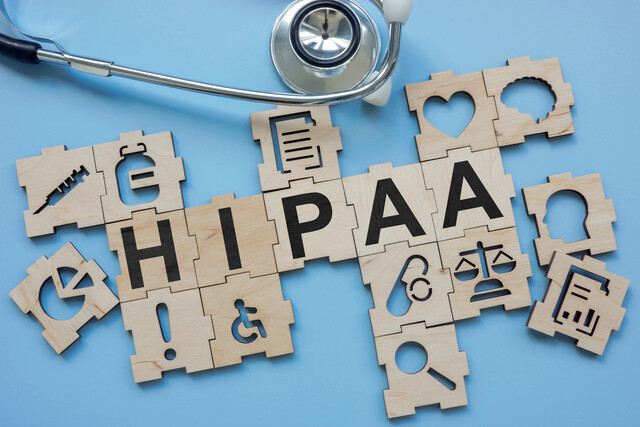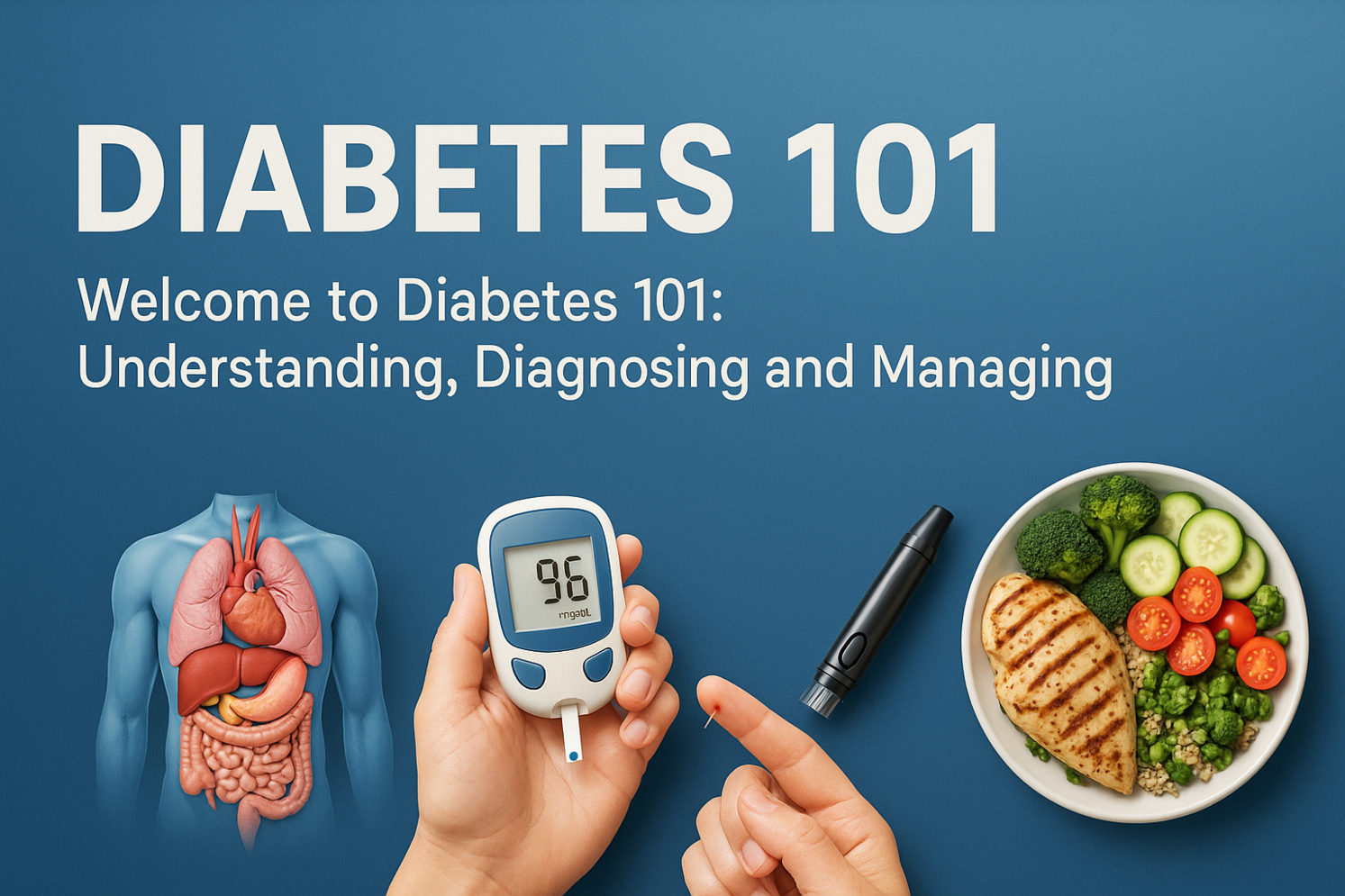HIPAA Compliance 101
Master Privacy, Secure Trust, Achieve Compliance

6 Hours average completion time
0.6 CEUs
12 Lessons
12 Exams & Assignments
25 Discussions
12 Videos
13 Reference Files
Mobile Friendly
Last Updated December 2025
Ensuring Privacy, Portability, and Protection in Healthcare
HIPAA, or the Health Insurance Portability and Accountability Act, isn't just another piece of legislation. It's the backbone of healthcare data protection and insurance portability in the U.S., representing a paradigm shift in the approach to safeguarding patient information and ensuring continuity in healthcare. Dive deep into the intricacies of HIPAA with our meticulously curated course designed for healthcare professionals, administrators, and anyone keen to explore this crucial aspect of modern healthcare.
Why this Course is a Must-Have:
-
Historical Context: Traverse the legislative journey of HIPAA, understanding its roots, motivations, and the transformative changes it brought to the healthcare sector.
-
Detailed Modules: Enjoy a granular breakdown of HIPAA's components, ensuring a comprehensive understanding of its dual facets: Health Coverage Access and Administrative Simplification.
-
Hands-On Learning: Our course doesn't just feed you information. Through interactive modules, quizzes, and practical scenarios, you'll be equipped to navigate the intricate maze of HIPAA requirements with confidence.
Inside HIPAA:
-
Title 1 - Health Coverage Access and Portability: Discover how HIPAA transformed the insurance landscape, guaranteeing individuals' rights to coverage even amidst job changes, and especially vital for those with pre-existing conditions. Revisit a time when changing jobs could mean risking health coverage, understand the challenges faced, and appreciate the monumental changes that Title 1 ushered in.
-
Title 2 - Administrative Simplification: Enter the world of patient data protection. Learn the significance of protecting sensitive patient health records, insurance claims, and the evolution of regulations governing electronic patient record systems. The birth of Title 2 wasn't straightforward, and its evolution is a testimony to the dynamic nature of health information needs and technology's role.
-
From State to Federal: Before HIPAA's universal standards, there were fragmented state-level privacy laws. Delve into why a unified, federal approach was essential and how it provided much-needed clarity and strength to data privacy protocols.
-
Streamlining Medical Administration: Understand how HIPAA addressed the complexities that plagued clinics and medical establishments, standardizing electronic patient records and simplifying medical administration processes.
-
Privacy Rule Evolution: Track the changes in the "Privacy Rule" since its inception, exploring the reasons for its iterations and the resulting impact on healthcare practices and patient rights.
-
Understanding PHI: Unravel the nuances of Protected Health Information (PHI), its importance, the restrictions surrounding it, and the rights patients have regarding their data.
Conclusion:
In an era of digital transformation, where data breaches make headlines, understanding HIPAA isn't just essential--it's critical. This course isn't just about grasping a piece of legislation; it's about appreciating the sanctity of patient information, the fundamental rights to health coverage, and the ethics of healthcare.
Join us in this enlightening journey through HIPAA, refining your knowledge, honing your skills, and upholding the highest standards of healthcare practices. Become not just a healthcare professional but an ambassador for patient rights and data protection.
- Implementing data security practices
- Knowledge of HIPAA regulations
- Empowering patient data access
- Conducting risk assessments
- Building a culture of compliance
- Navigating compliance challenges
- Handling necessary PHI disclosures
- Understanding PHI protection
- Streamlining healthcare administration
- Managing patient privacy rights
-

Introduction to Medical Coding
-

Medical Terminology for Medical Coders
-

Medical Office Management
-

Asthma 101
-

Diabetes 101
-

Caring for Seniors
-

End of Life Care
-

Microbiology Mastery: Unlocking the Foundations of Life
-

Medical Terminology 101
-

Medical Terminology 201
-

Medical Billing and Coding Course Bundle
-

ICD-10: Medical Coding
-

HIV: Prevention, Diagnosis, Treatment
-

Understanding Addictions
-

Anatomy and Physiology 101
-

Careers in Healthcare
-

Introduction to Medical Billing
-

Aging and Long Term Care
-

Caring for Patients with HIV/AIDS
-

Alzheimer's Disease 101
-

HIPAA Compliance 101
-

Understanding Concussions
-

Advocacy for Elderly Patients
-

Comprehensive Medical Terminology 1 & 2